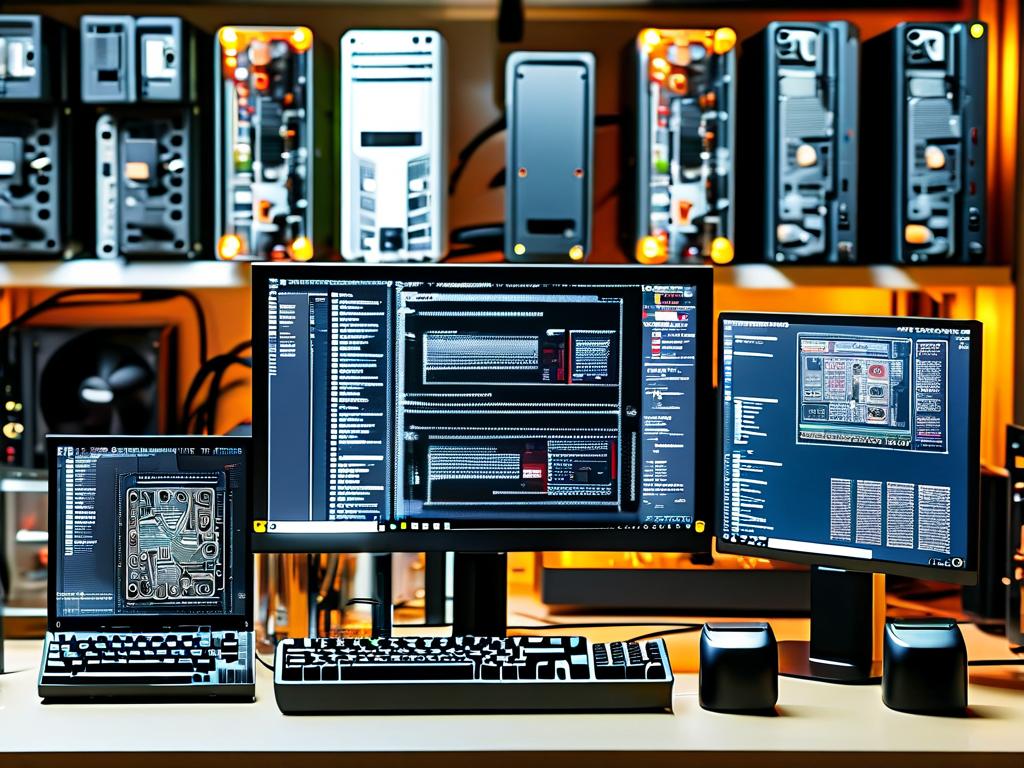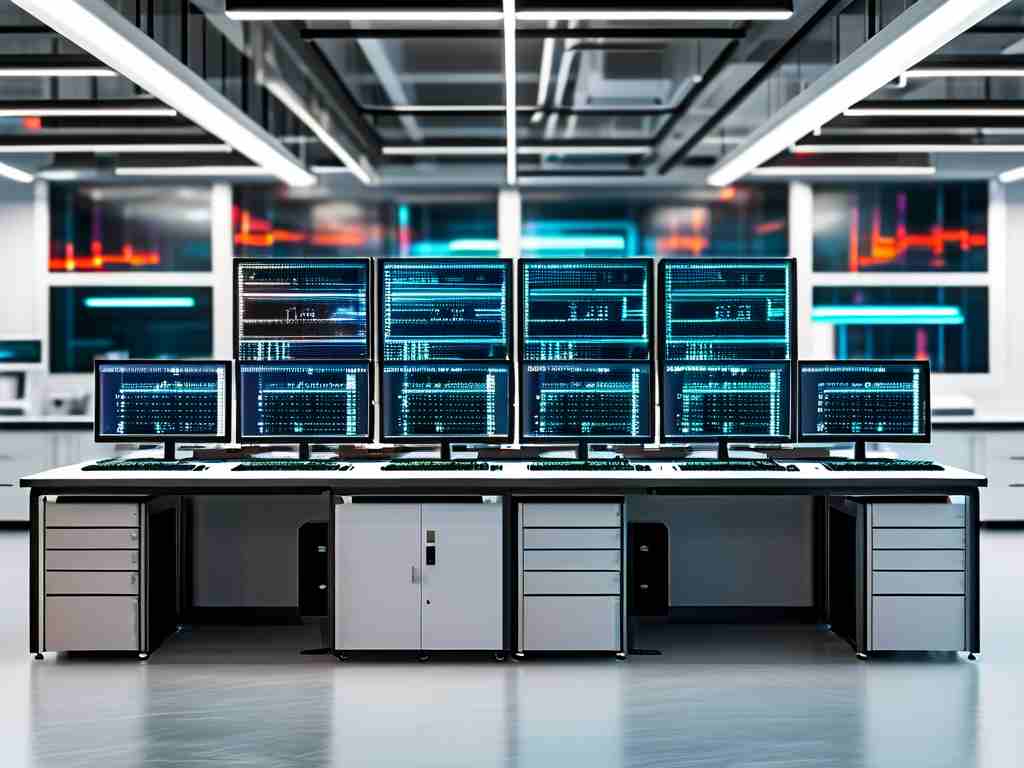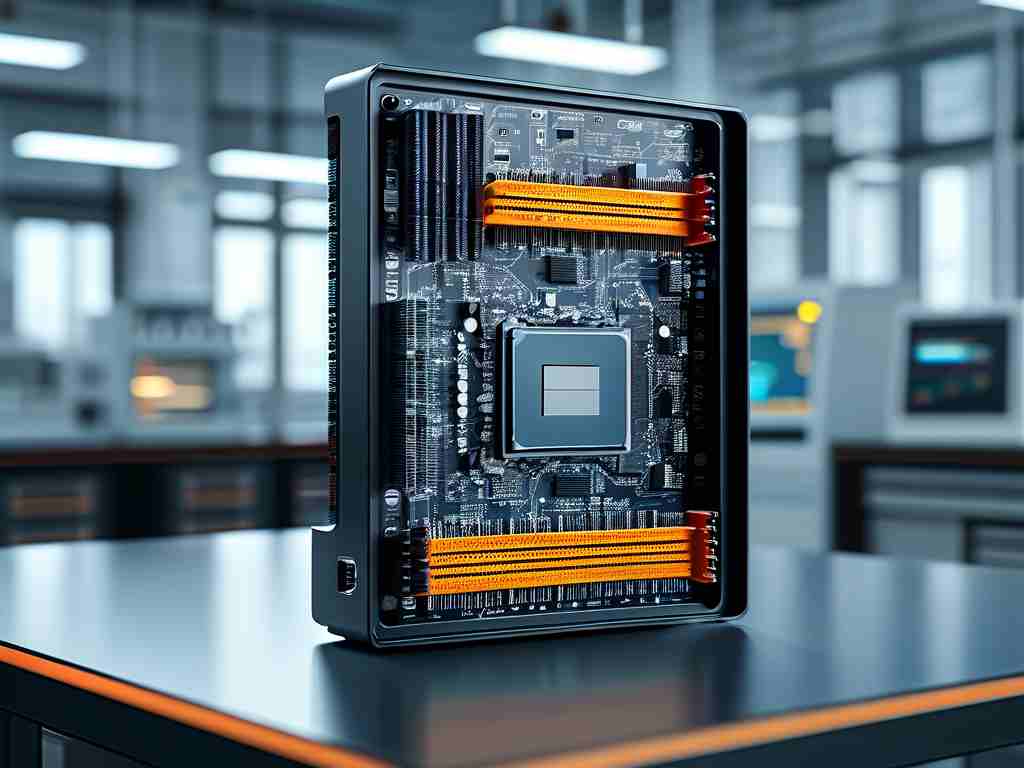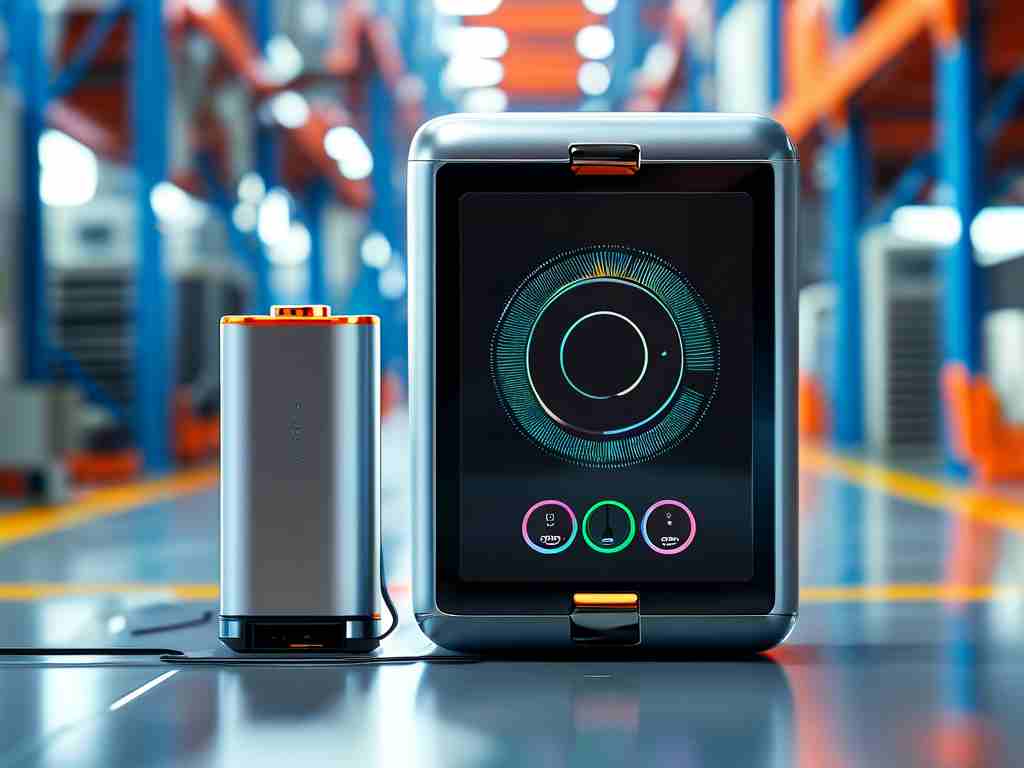Embedded development boards are essential tools for engineers and hobbyists diving into the world of embedded systems, which power countless devices from smart home gadgets to industrial machines. These boards provide a ready-made platform for prototyping, coding, and testing without needing to build hardware from scratch. They come in various forms, each tailored for specific applications, making them a cornerstone of modern electronics innovation.

One of the most popular categories includes microcontroller-based boards like the Arduino Uno. This board features an ATmega328P chip, ideal for beginners due to its simplicity and robust community support. For instance, a basic LED blink project can be coded in Arduino's C-like language to demonstrate input-output operations. Here's a simple code snippet:
void setup() {
pinMode(LED_BUILTIN, OUTPUT); // Set built-in LED as output
}
void loop() {
digitalWrite(LED_BUILTIN, HIGH); // Turn LED on
delay(1000); // Wait for a second
digitalWrite(LED_BUILTIN, LOW); // Turn LED off
delay(1000); // Wait another second
}
This example shows how easily developers can interact with hardware, fostering quick learning and experimentation.
Moving up in complexity, microprocessor boards such as the Raspberry Pi offer more power for tasks requiring operating systems like Linux. The Raspberry Pi 4, for example, includes a quad-core CPU and supports Wi-Fi, Bluetooth, and HDMI output, enabling projects from media centers to AI-driven robots. Unlike simpler boards, these handle multitasking and networking with ease, bridging the gap between embedded and general computing. For IoT applications, boards like the ESP32 stand out with integrated Wi-Fi and Bluetooth capabilities. They're perfect for smart devices that need wireless connectivity, such as environmental sensors that send data to the cloud. A snippet for reading a temperature sensor might look like this:
#include "DHT.h"
#define DHTPIN 4 // Pin connected to DHT sensor
#define DHTTYPE DHT11 // Sensor type
DHT dht(DHTPIN, DHTTYPE);
void setup() {
Serial.begin(9600);
dht.begin();
}
void loop() {
float temp = dht.readTemperature(); // Read temperature
if (!isnan(temp)) {
Serial.print("Temperature: ");
Serial.println(temp);
}
delay(2000); // Wait before next reading
}
This code highlights how embedded boards simplify real-world data acquisition.
Specialized boards cater to niche needs, such as the STM32 series for industrial control with high-speed processing and low power consumption. These are common in automotive or medical devices where reliability is critical. Additionally, development kits like those from NVIDIA, such as the Jetson Nano, support advanced AI and machine learning with GPU acceleration, opening doors to innovations in robotics and computer vision.
Choosing the right board depends on factors like processing power, connectivity, and cost. Beginners often start with Arduino for its ease of use, while professionals might opt for STM32 for complex, real-time systems. The evolution of these boards has accelerated with trends like edge computing, where devices process data locally for faster responses. For example, integrating an ESP32 with cloud services can create efficient smart home systems without constant internet reliance.
In , embedded development boards span a wide spectrum, from entry-level options to high-end solutions, empowering creators to build everything from simple gadgets to sophisticated systems. Their versatility drives progress in fields like IoT, automation, and AI, making them indispensable in today's tech landscape. As new boards emerge, they continue to lower barriers to innovation, encouraging more people to explore and contribute to the embedded world.









